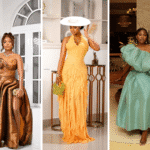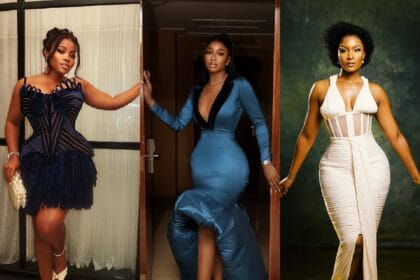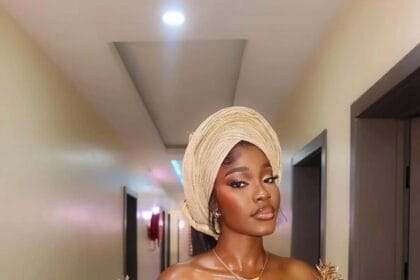With Lagos Fashion Week set to kick off next month in October 2025, one cannot help but be excited about the explosion of Nigerian creativity on the international scene. brightly without the trailblazers who paved the way. Meet Shade Thomas-Fahm, the woman often referred to as Nigeria’s first modern fashion designer. She did not just sew clothes; she spun a new era of Nigerian styling, opening Nigeria’s first boutique in 1960, designing the modern boubou that is still very much in one’s wardrobe today.
And for icing on the cake, her work earned its place at the Victoria and Albert Museum’s “Africa Fashion” exhibition marking her as a true “Fashion Vanguard.” The story is about a radical overhaul-an update that is liberating and empowering. Shade taught us that fashion is not only about looking good; it is about pride, identity, and making way for generations to come.
Nursing to fashion
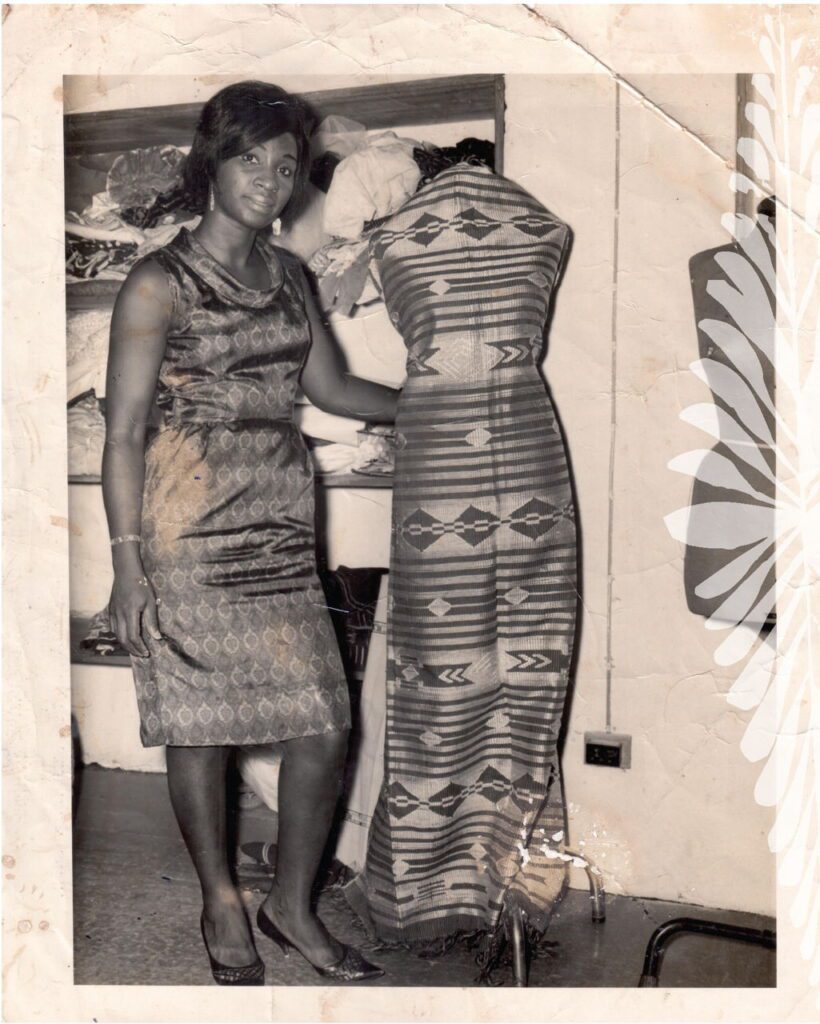
It is the year 1933 in Lagos; a little girl named Victoria Omọ́rọ́níkẹ Àdùkẹ́ Fọlashadé Thomas is born into a Yoruba family. In her childhood, she hops between schools from St. Peter’s to Baptist Girls’ and finally to New Era Girls’ College, absorbing all that is Lagosian spirit. 1953, off she goes to England to chase her dreams of nursing, just as so many of her fellow compatriots at the time. London? Well, inspiration struck her like lightning on the West End fashion scene. She let go of nursing ambition and enrolled in St. Martin’s School of Art, thereby becoming the first Nigerian woman to graduate with a professional qualification in fashion from there. With a vast experience behind her as a buyer back at Simpson’s of Piccadilly, she returned home in 1960, just as Nigeria was receiving its independence.
Indeed, that’s where all the real magic begins. Shade opened Maison Shade in Yaba, Lagos, Nigeria; this is the very first modern boutique in Nigeria. Her aim, simple yet bold: “to create employment for people and confront unemployment.” It was tough. Colonialism made people fond of British imports.
She fought that with the introduction of local fabrics and designs, and soon her spot became the spot for the elite, diplomats, or even royalty, all proof that indeed Nigerian style can stand heads high
Heritage health with modernity
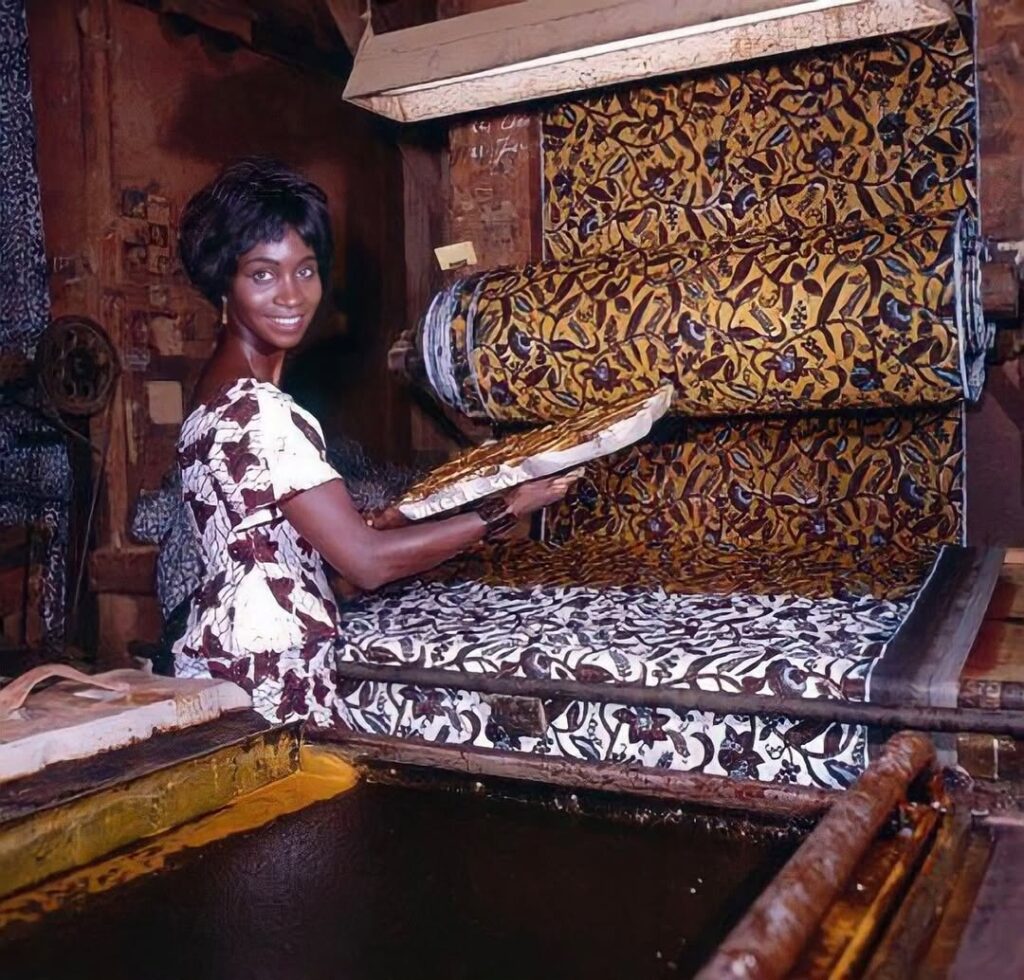
What I love about Shade the most is that she didn’t just follow trends; she remixed them. She had taken the traditional Nigerian fabrics like aṣọ-òkè(strip cloth made by hand weaving by the Yoruba), àdìrẹ(indigo-dyed resist patterns), akwete, and okene, and made magic for the busy cosmopolitan woman. Now, you would imagine how it would be at a time when women were stepping into offices and social environments, and she created outfits that just spoke comfort.
Then she introduces a pre-tied gèlè head wrap for quick styling, zips up the traditional ìró wrapper to ease mobility, and converts the men’s agbada into what she has called the “ajuba” now popularly known as the modern boubou.
Fashion shows for a cause
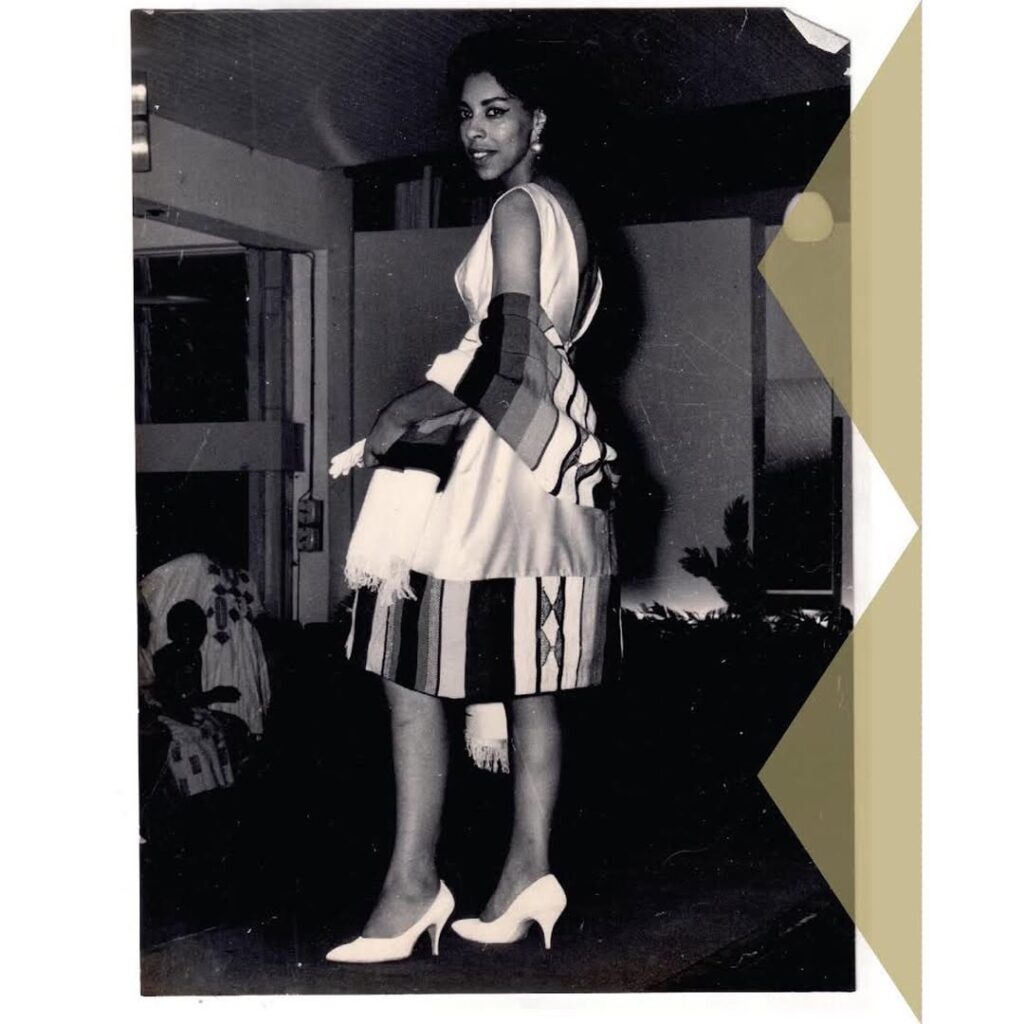
Not satisfied with running a boutique, she sought to create a stir. From the 1960s onwards, she hosted charity fashion shows right here in Nigeria to feature local talent and raise funds for good causes. And of course, such happenings were neither of the glitz and glamour type: they were entirely cause-related, non-profit shows where the focus was all about promoting Nigerian culture, not profits lining anyone’s pockets. The designs also went global, with Shade heading for New York in 1972 to convince buyers and show her collections.
Designing from European and American diplomats’ wives down to the local elite, Shade had built bridges that put Nigerian fashion on the map. One of her favorite moments? Making the ‘Katy Rose’ blouse, which became a place to ensure its simple and stunning vibe. There was once she said in a chat, “The concept of designing is an art. You can learn how to sketch, but you must have the feeling.” It’s that passion that turned her shows into more than spectacles; they were statements regarding pride and possibility.
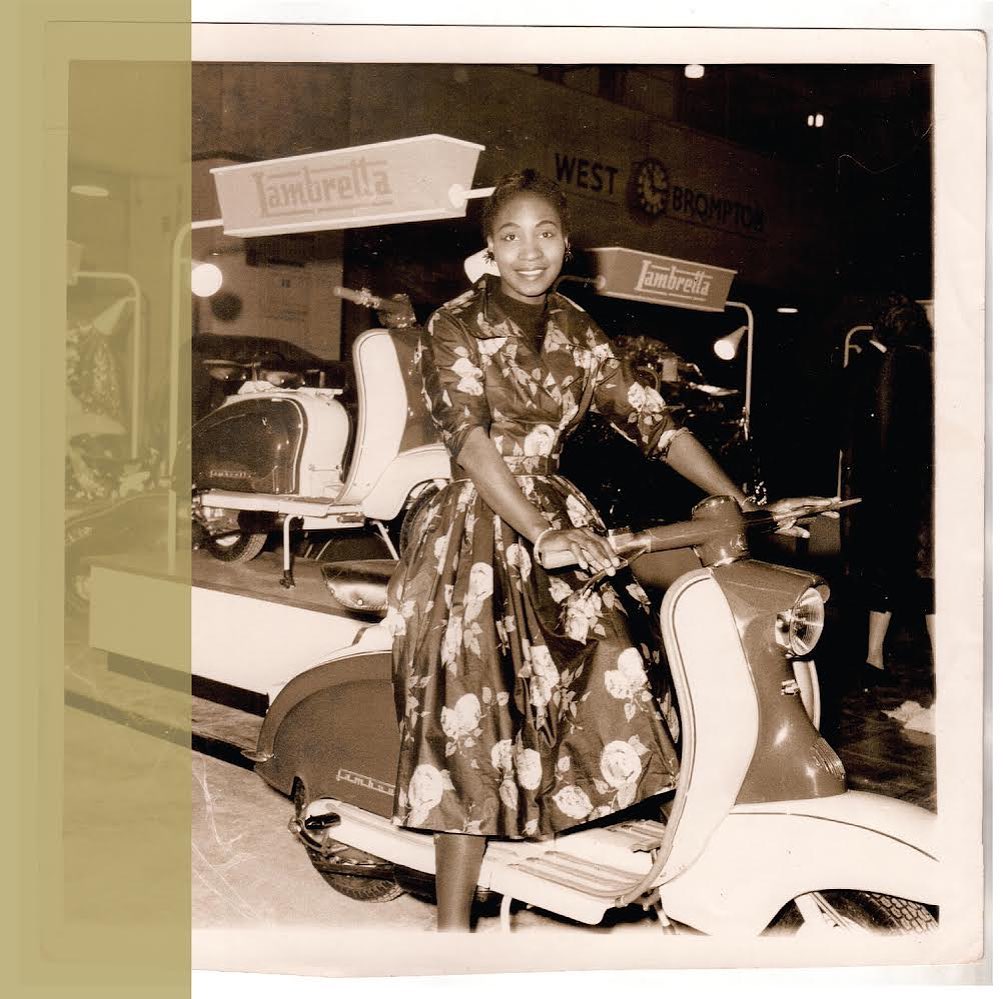
It will not be in the clothes alone but in the jobs created, in the confidence imparted, and in showing that fashion can be a medium of self-identity and empowerment. It inspired such iconic figures like Abah Folawiyo and Nike Okundaye that sustainability will always co-exist with cultural roots. She still pops in at a few young designers’ shows whenever she can to give learning lessons and get inspiration from their fresh takes. This was all about making women feel beautiful in their own skins, according to Shade.
Shade Thomas-Fahm’s story reminds us that true style comes from the inside, from honoring where you come from and pushing boundaries. That legacy is the foundation of the pioneering spirit in this time where Nigerian designers are taking the world by storm. Whether it embraces a boubou in a wedding or a tailored piece in a boardroom, her touch imbues it with dignity, opportunity, and a lot of flair. Here’s to Shade, matriarch of a legacy that just keeps growing older and evolving.








